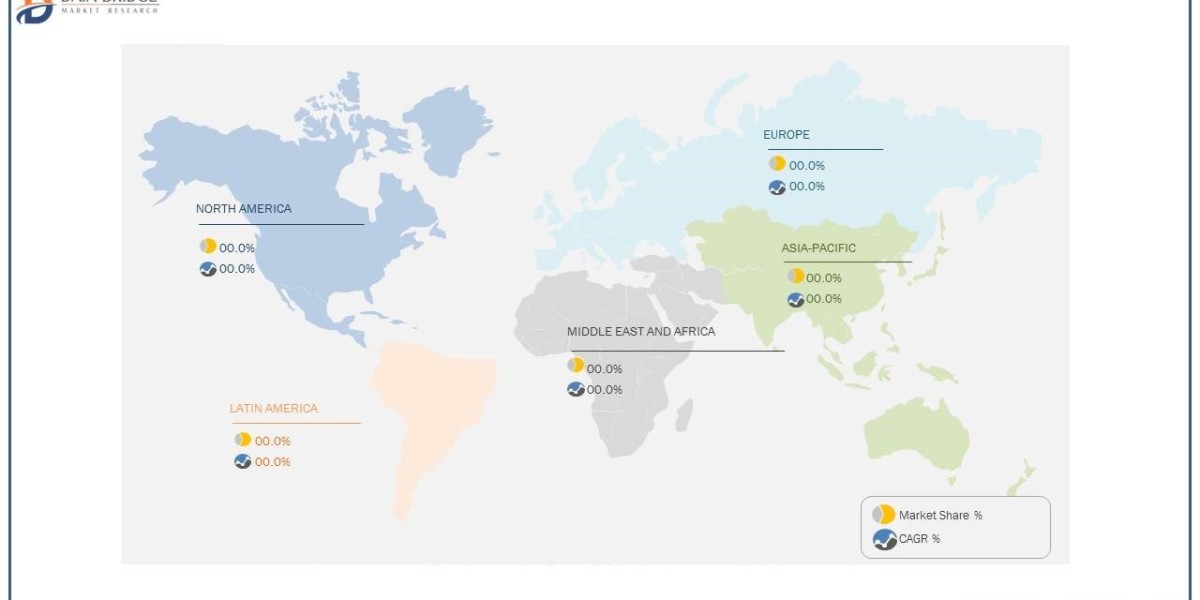If you are new to stock market trading, you might have heard of technical analysis and chart patterns. These are tools that traders use to analyze the price movements of stocks and predict future trends. In this blog post, we will explain what technical analysis and chart patterns are, how they work, and how you can use them to improve your trading skills.
What is technical analysis?
Technical analysis is a method of studying the historical and current price and volume data of a stock to identify patterns and trends. Technical analysts believe that the price of a stock reflects all the relevant information about its supply and demand, and that the market moves in cycles and repeats itself. Therefore, by using technical analysis, traders can anticipate the future direction and strength of a stock’s price movement.
What are chart patterns?
Chart patterns are specific shapes or formations that appear on a stock’s price chart. They represent the collective psychology of the market participants and indicate the potential continuation or reversal of a trend. Chart patterns can be classified into two main types: reversal patterns and continuation patterns.
Reversal patterns signal that the current trend is likely to change direction. For example, a head and shoulders pattern consists of three peaks, with the middle one being the highest, and indicates that an uptrend is about to turn into a downtrend. A double bottom pattern consists of two troughs, with the second one being higher than the first, and indicates that a downtrend is about to turn into an uptrend.
Continuation patterns signal that the current trend is likely to resume after a pause or consolidation. For example, a flag pattern consists of a sharp price movement followed by a narrow sideways range, and indicates that the previous trend will continue in the same direction. A triangle pattern consists of a narrowing price range with lower highs and higher lows, and indicates that the price will break out of the range in the direction of the previous trend.
How to use technical analysis and chart patterns?
To use technical analysis and chart patterns effectively, you need to follow some basic steps:
Choose a time frame that suits your trading style and objectives. For example, if you are a day trader, you might use a 5-minute or 15-minute chart. If you are a swing trader, you might use a daily or weekly chart.
Identify the trend of the stock. You can use trend lines, moving averages, or other indicators to determine whether the stock is in an uptrend, downtrend, or sideways trend.
Look for chart patterns that confirm or contradict the trend. You can use candlestick patterns, price patterns, or volume patterns to spot potential reversals or continuations of the trend.
Set your entry and exit points based on the chart patterns. You can use support and resistance levels, trend lines, or other tools to determine where to buy or sell the stock. You should also set your stop-loss and take-profit levels to protect your capital and lock in your profits.
Technical analysis and chart patterns are powerful tools that can help you understand the behavior of the stock market and make better trading decisions. However, they are not foolproof and require practice and experience to master. Therefore, you should always do your own research and analysis before entering a trade, and never risk more than you can afford to lose.
If you want to learn more about stock market trading for beginners, you should check out Upmarket Academy. They offer courses and coaching on various aspects of trading, including technical analysis and chart patterns. You can also join their community of like-minded traders and get access to valuable resources and tips. Visit their website today and start your journey to becoming a successful trader.








